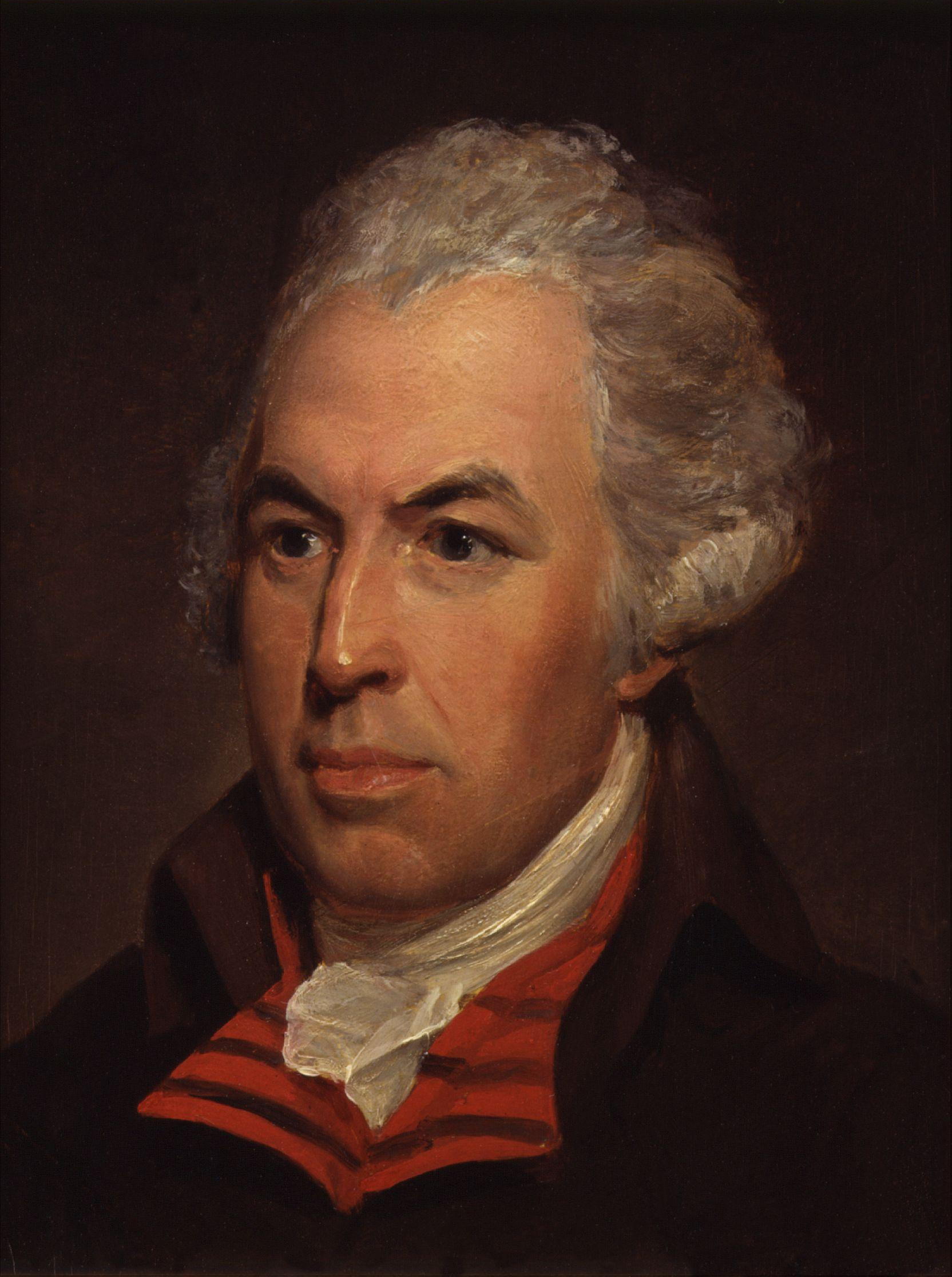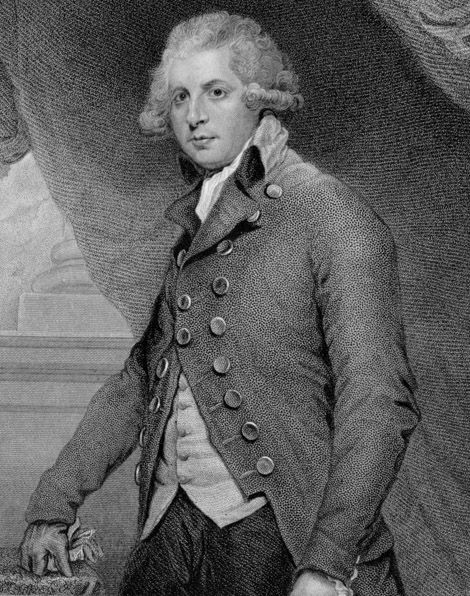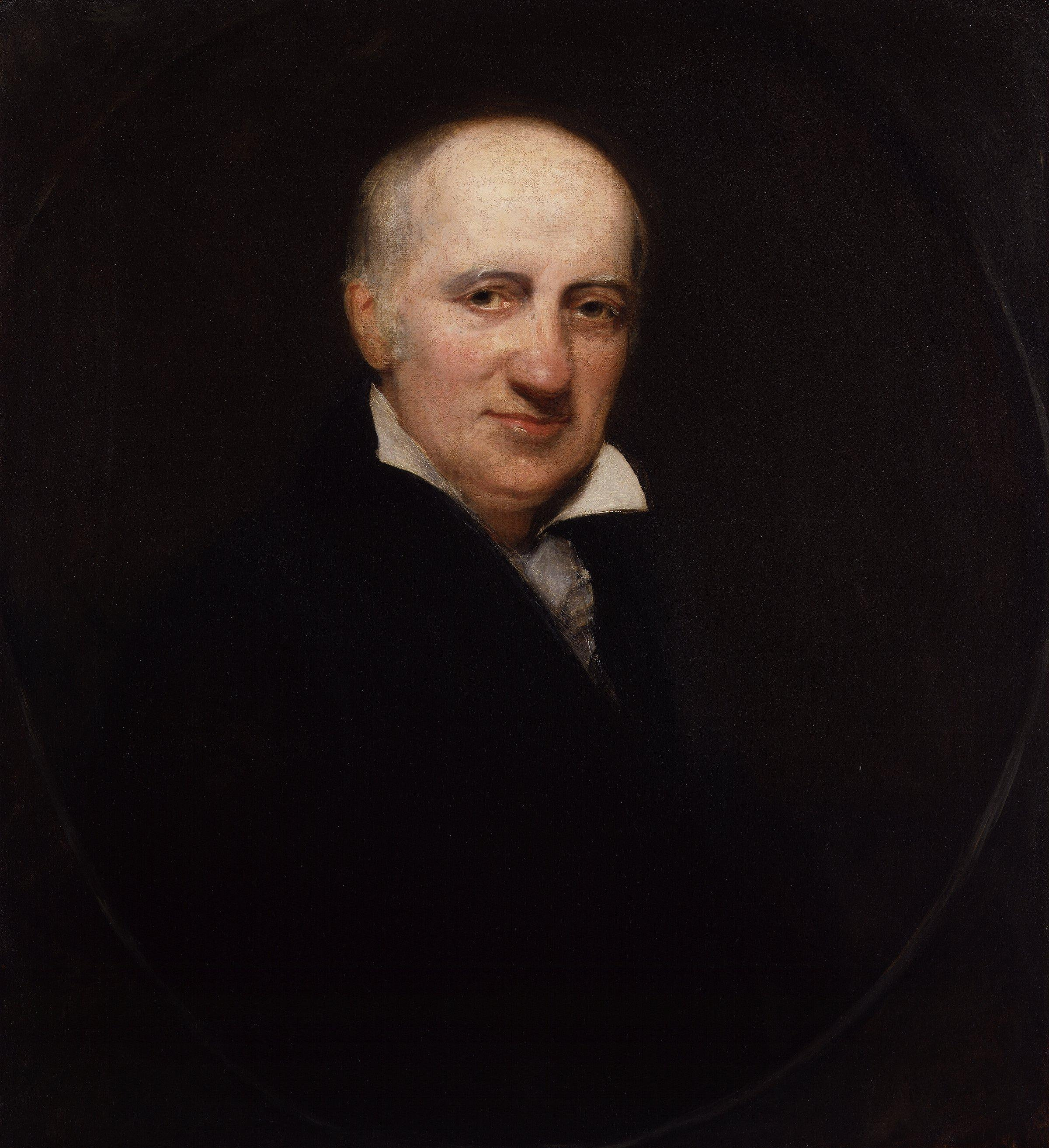|
1795 In Poetry
Nationality words link to articles with information on the nation's poetry or literature (for instance, Irish or France). Events * June 27 – Mary Robinson writes the poem ''January, 1795''. * August 21–September 26 – English poet William Wordsworth and his sister Dorothy stay at 7 Great George Street, Bristol, during which time they meet Samuel Taylor Coleridge, Robert Southey and the latter poets' publisher Joseph Cottle. * October 4 – Coleridge marries Sara Fricker at St Mary Redcliffe, Bristol. On November 14, Southey marries Sara's sister Edith in the same church. Works published United Kingdom * William Blake, Prophetic books: ** ''The Book of Ahania'', illuminated book with five intaglio plates; one known copyCox, Michael, editor, ''The Concise Oxford Chronology of English Literature'', Oxford University Press, 2004, ** ''The Book of Los'', illuminated book with five intaglio plates ** ''The Song of Los'', illuminated book with 8 plates, five know ... [...More Info...] [...Related Items...] OR: [Wikipedia] [Google] [Baidu] |
Irish Poetry
Irish poetry is poetry written by poets from Ireland. It is mainly written in Irish language, Irish and English, though some is in Scottish Gaelic literature, Scottish Gaelic and some in Hiberno-Latin. The complex interplay between the two main traditions, and between both of them and other poetries in English and Scottish Gaelic literature, Scottish Gaelic, has produced a body of work that is both rich in variety and difficult to categorise. The earliest surviving poems in Irish date back to the 6th century, while the first known poems in English from Ireland date to the 14th century. Although there has always been some cross-fertilization between the two language traditions, an English-language poetry that had absorbed themes and models from Irish did not finally emerge until the 19th century. This culminated in the work of the poets of the Irish Literary Revival in the late 19th and early 20th century. Towards the last quarter of the 20th century, modern Irish poetry tended ... [...More Info...] [...Related Items...] OR: [Wikipedia] [Google] [Baidu] |
The Song Of Los
''The Song of Los'' (written 1795) is one of William Blake's epic poems, known as prophetic books. The poem consists of two sections, "Africa" and "Asia". In the first section Blake catalogues the decline of morality in Europe, which he blames on both the African slave trade and enlightenment philosophers. The book provides a historical context for ''The Book of Urizen'', ''The Book of Ahania'', and ''The Book of Los'', and also ties those more obscure works to '' The Continental Prophecies'', "Europe" and "America". The second section consists of Los urging revolution. Background During autumn 1790, Blake moved to Lambeth, Surrey. He had a studio at the new house that he used while writing what were later called his "Lambeth Books", which included ''The Song of Los'' in 1795. Like the others under the title, all aspects of the work, including the composition of the designs, the printing of them, the colouring of them, and the selling of them, happened at his home. Early sketche ... [...More Info...] [...Related Items...] OR: [Wikipedia] [Google] [Baidu] |
Walter Savage Landor
Walter Savage Landor (30 January 177517 September 1864) was an English writer, poet, and activist. His best known works were the prose ''Imaginary Conversations,'' and the poem "Rose Aylmer," but the critical acclaim he received from contemporary poets and reviewers was not matched by public popularity. As remarkable as his work was, it was equalled by his rumbustious character and lively temperament. Both his writing and political activism, such as his support for Lajos Kossuth and Giuseppe Garibaldi, were imbued with his passion for liberal and republican causes. He befriended and influenced the next generation of literary reformers such as Charles Dickens and Robert Browning. Summary of his work In a long and active life of 89 years Landor produced a considerable amount of work in various genres. This can perhaps be classified into four main areas—prose, lyric poetry, political writings including epigrams, and Latin. His prose and poetry have received most acclaim, but cri ... [...More Info...] [...Related Items...] OR: [Wikipedia] [Google] [Baidu] |
William Hayley
William Hayley (9 November 174512 November 1820) was an English writer, best known as the biographer of his friend William Cowper. Biography Born at Chichester, he was sent to Eton College, Eton in 1757, and to Trinity Hall, Cambridge, in 1762; his connection with the Middle Temple, London, where he was admitted in 1766, was merely nominal. In 1767 he left Cambridge and went to live in London. His private means enabled Hayley to live on his patrimonial estate at Eartham, Sussex, and he retired there in 1774. The location of this house in Eartham is now occupied by the Great Ballard School. So great was Hayley's fame that on Thomas Warton's death in 1790 he was offered the Poet Laureate, laureateship, which he refused. In 1792, while writing the ''Life'' of John Milton, Milton, Hayley made Cowper's acquaintance. A warm friendship sprang up between the two which lasted till Cowper's death in 1800. Hayley indeed was mainly instrumental in getting Cowper his pension. In 1800 Hayle ... [...More Info...] [...Related Items...] OR: [Wikipedia] [Google] [Baidu] |
Oxford Dictionary Of National Biography
The ''Dictionary of National Biography'' (''DNB'') is a standard work of reference on notable figures from British history, published since 1885. The updated ''Oxford Dictionary of National Biography'' (''ODNB'') was published on 23 September 2004 in 60 volumes and online, with 50,113 biographical articles covering 54,922 lives. First series Hoping to emulate national biographical collections published elsewhere in Europe, such as the '' Allgemeine Deutsche Biographie'' (1875), in 1882 the publisher George Smith (1824–1901), of Smith, Elder & Co., planned a universal dictionary that would include biographical entries on individuals from world history. He approached Leslie Stephen, then editor of the ''Cornhill Magazine'', owned by Smith, to become the editor. Stephen persuaded Smith that the work should focus only on subjects from the United Kingdom and its present and former colonies. An early working title was the ''Biographia Britannica'', the name of an earlier eightee ... [...More Info...] [...Related Items...] OR: [Wikipedia] [Google] [Baidu] |
William Drennan
William Drennan (23 May 1754 – 5 February 1820) was an Irish physician and writer who moved the formation in Belfast and Dublin of the Society of United Irishmen. He was the author of the Society's original "test" which, in the cause of representative government, committed "Irishmen of every religious persuasion" to a "brotherhood of affection". Drennan had been active in the Irish Volunteer movement and achieved renown with addresses to the public as his "fellow slaves" and to the British Viceroy urging "full and final" Catholic emancipation. After the suppression of the 1798 Rebellion, he sought to advance democratic reform through his continued journalism and through education. With other United Irish veterans, Drennan founded the Belfast ater the ''Royal'' BelfastAcademical Institution. As a poet, he is remembered for his eve-of-rebellion ''When Erin First Rose'' (1795) with its reference to Ireland as the "Emerald Isle". Enlightenment education William Drennan (a ... [...More Info...] [...Related Items...] OR: [Wikipedia] [Google] [Baidu] |
Ann Batten Cristall
Ann Batten Cristall (1769–1848) was an English poet and schoolteacher on friendly terms with Mary Wollstonecraft, Anna Letitia Barbauld and several other writers of her period. A recent critic has noted in her work "technical virtuosity, masked by claims of metrical irregularity, and a profound questioning of Romantic values."Richard C. Sha: "Cristall, Ann Batten" in: Frederick Burwick, ed.: ''Encyclopedia of Romantic Literature'' (Oxford, UK: Blackwell, 2012Retrieved 19 October 2015/ref> Early life and education Ann Batten Cristall's date of birth is not known, but she was baptised in Penzance, Cornwall, on 7 December 1769 as the second of the four children of Alexander Cristall (1718 or 1719–1802), a mariner and later a sailmaker, originally from Monifieth, near Dundee, Scotland, by his second wife Elizabeth (1745–1801), the daughter of the Penzance merchant John Batten. She also had two half-brothers through her father's first marriage. The family moved to London during h ... [...More Info...] [...Related Items...] OR: [Wikipedia] [Google] [Baidu] |
Richard Brinsley Sheridan
Richard Brinsley Butler Sheridan (30 October 17517 July 1816) was an Irish satirist, a politician, a playwright, poet, and long-term owner of the London Theatre Royal, Drury Lane. He is known for his plays such as ''The Rivals'', ''The School for Scandal'', ''The Duenna'' and ''A Trip to Scarborough''. He was also a Whig MP for 32 years in the British House of Commons for Stafford (1780–1806), Westminster (1806–1807), and Ilchester (1807–1812). He is buried at Poets' Corner in Westminster Abbey. His plays remain a central part of the canon and are regularly performed worldwide. Early life Sheridan was born in 1751 in Dublin, Ireland, where his family had a house on then fashionable Dorset Street. His mother, Frances Sheridan, was a playwright and novelist. She had two plays produced in London in the early 1760s, though she is best known for her novel ''The Memoirs of Miss Sidney Biddulph'' (1761). His father, Thomas Sheridan, was for a while an actor-manager at ... [...More Info...] [...Related Items...] OR: [Wikipedia] [Google] [Baidu] |
To Sheridan
"To Sheridan" or "To Richard Brinsley Sheridan" was written by Samuel Taylor Coleridge and published in the 29 January 1795 ''Morning Chronicle''. As the last poem running as part of the '' Sonnets on Eminent Characters'' series, it describes Coleridge's appreciation of Richard Brinsley Sheridan and his theatre talents. Coleridge, unlike most, preferred Sheridan's somber works over his comedies and emphasizes them within the poem. Coleridge also respects Sheridan's political actions. Background Coleridge's "To Richard Brinsley Sheridan, Esq." became the final poem in his ''Sonnets on Eminent Characters'' series when it was published in the 29 January 1795 ''Morning Chronicle''. It was revised somewhat and published again in Coleridge's 1796 collection of poems with a note about Hymettian Flowrets. It was reprinted again in 1803 without any changes. The poem was included in Coleridge's collections in 1828, 1829, and 1834, with the only change being the removal of the note. Sherida ... [...More Info...] [...Related Items...] OR: [Wikipedia] [Google] [Baidu] |
To Southey
"To Southey" or "To Robert Southey" was written by Samuel Taylor Coleridge and published in the 14 January 1795 ''Morning Chronicle'' as part of his '' Sonnets on Eminent Characters'' series. Robert Southey became a close friend of Coleridge during the summer of 1794 and the two originally formed a plan to start an ideal community together. Although the plan fell apart, Coleridge dedicated the poem to his friend and emphasized Southey's poetic abilities. Following the poem, Coleridge further drifted from Southey and the poem was not republished. Background Coleridge first met Southey when Coleridge was about to tour Wales during the summer of 1794. They shared similar political views and the two bonded immediately. Together, they established a plan to create a community run by the ideas of Pantisocracy, a system that would emphasize agriculture and communal living. To further attain this goal, they each married one of the Fricker sisters and started to make financial arrangements ... [...More Info...] [...Related Items...] OR: [Wikipedia] [Google] [Baidu] |
William Godwin
William Godwin (3 March 1756 – 7 April 1836) was an English journalist, political philosopher and novelist. He is considered one of the first exponents of utilitarianism and the first modern proponent of anarchism. Godwin is most famous for two books that he published within the space of a year: '' An Enquiry Concerning Political Justice'', an attack on political institutions, and ''Things as They Are; or, The Adventures of Caleb Williams'', an early mystery novel which attacks aristocratic privilege. Based on the success of both, Godwin featured prominently in the radical circles of London in the 1790s. He wrote prolifically in the genres of novels, history and demography throughout his life. In the conservative reaction to British radicalism, Godwin was attacked, in part because of his marriage to the feminist writer Mary Wollstonecraft in 1797 and his candid biography of her after her death from childbirth. Their daughter, later known as Mary Shelley, would go on to wri ... [...More Info...] [...Related Items...] OR: [Wikipedia] [Google] [Baidu] |
To Godwin
"To Godwin" or "To William Godwin" was written by Samuel Taylor Coleridge and published in the 10 January 1795 ''Morning Chronicle'' as part of the '' Sonnets on Eminent Characters'' series. William Godwin was admired by Coleridge for his political beliefs. However, Coleridge did not support Godwin's atheistic views, which caused tension between the two. Although the poem praises Godwin, it invokes an argument that the two shared over theological matters. After the poem was written, the relationship between Coleridge and Godwin cooled and the poem was not reprinted. Background Coleridge's "To William Godwin, Author of ''Political Justice''" became the ninth sonnet in the series ''Sonnets on Eminent Characters'' in the 10 January 1795 ''Morning Chronicle''. Coleridge sent 6 lines of the poem to Robert Southey in a letter that read:Mays 2001 p. 165 "I have written one to Godwin—but the mediocrity of the eight first Lines is ''most miserably magazinish''! I have plucked therefore t ... [...More Info...] [...Related Items...] OR: [Wikipedia] [Google] [Baidu] |









